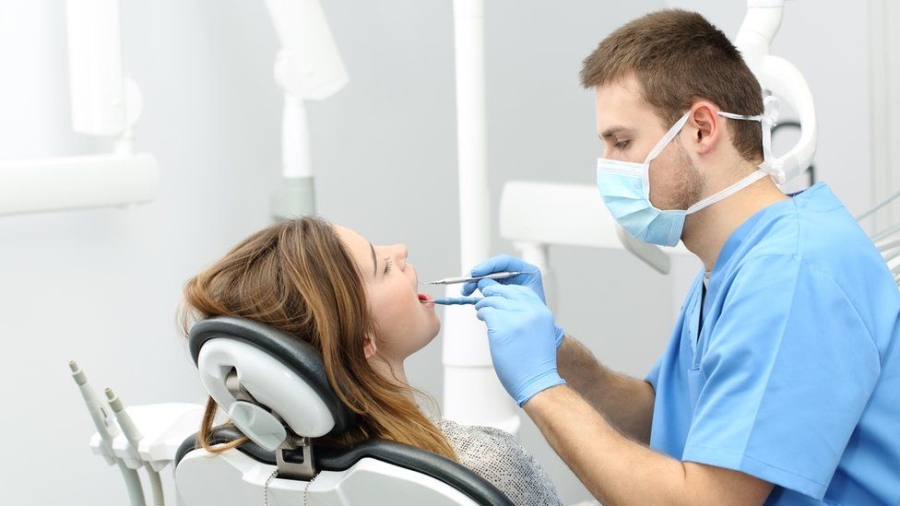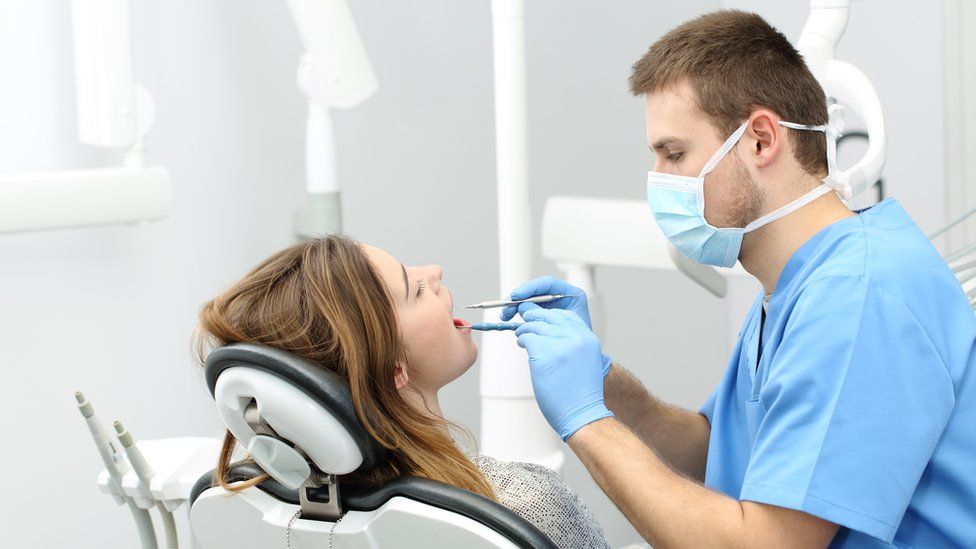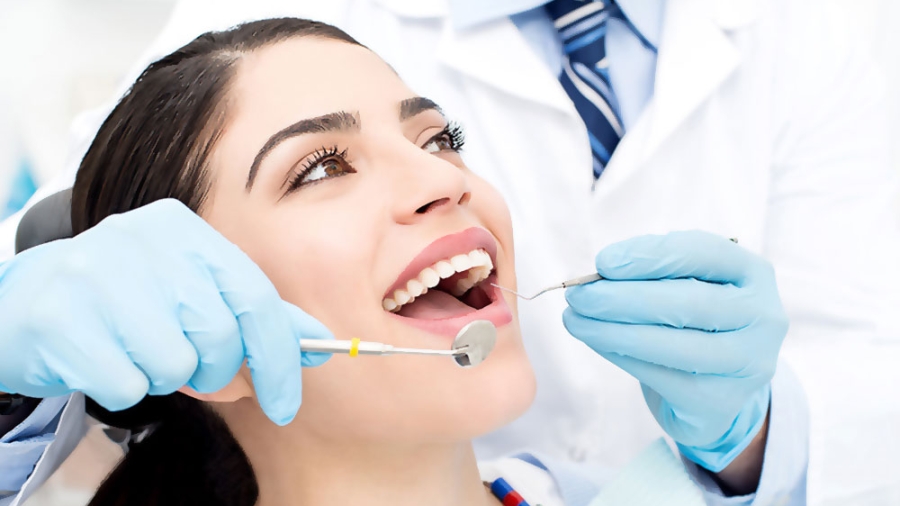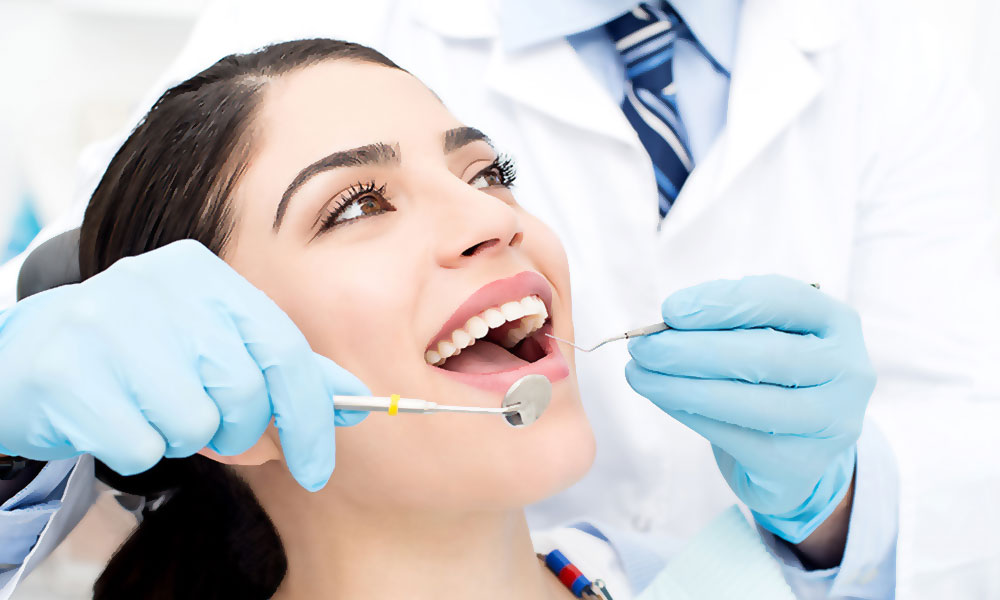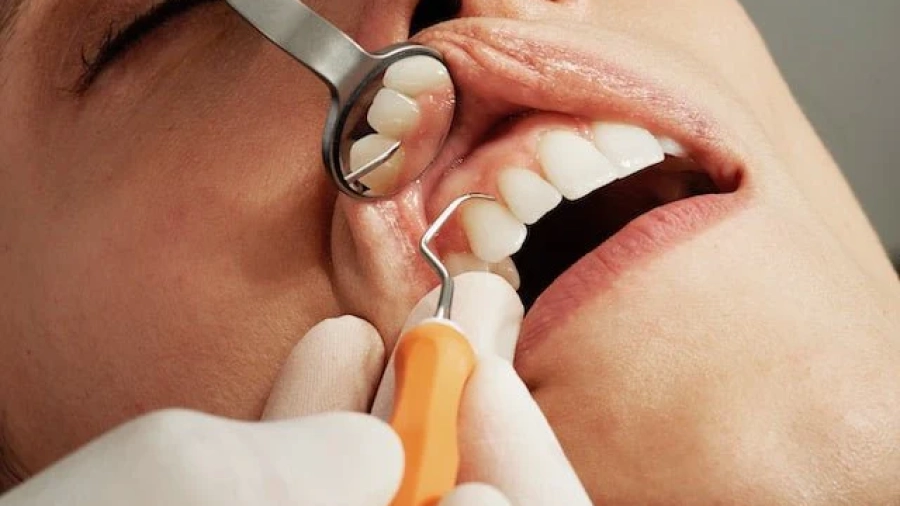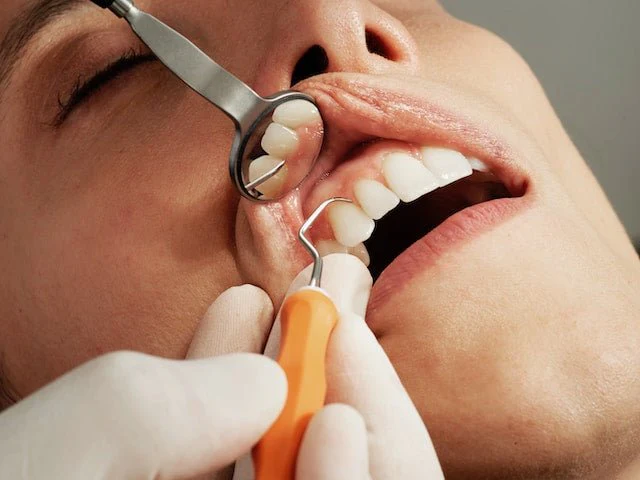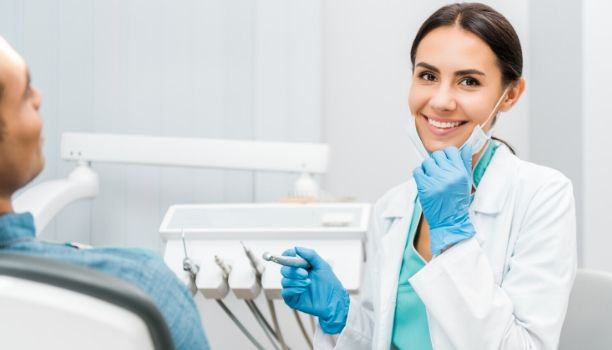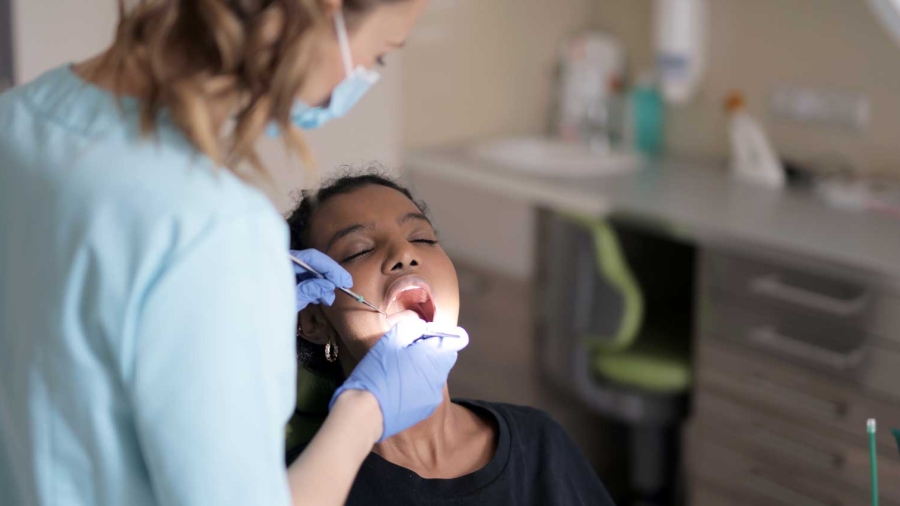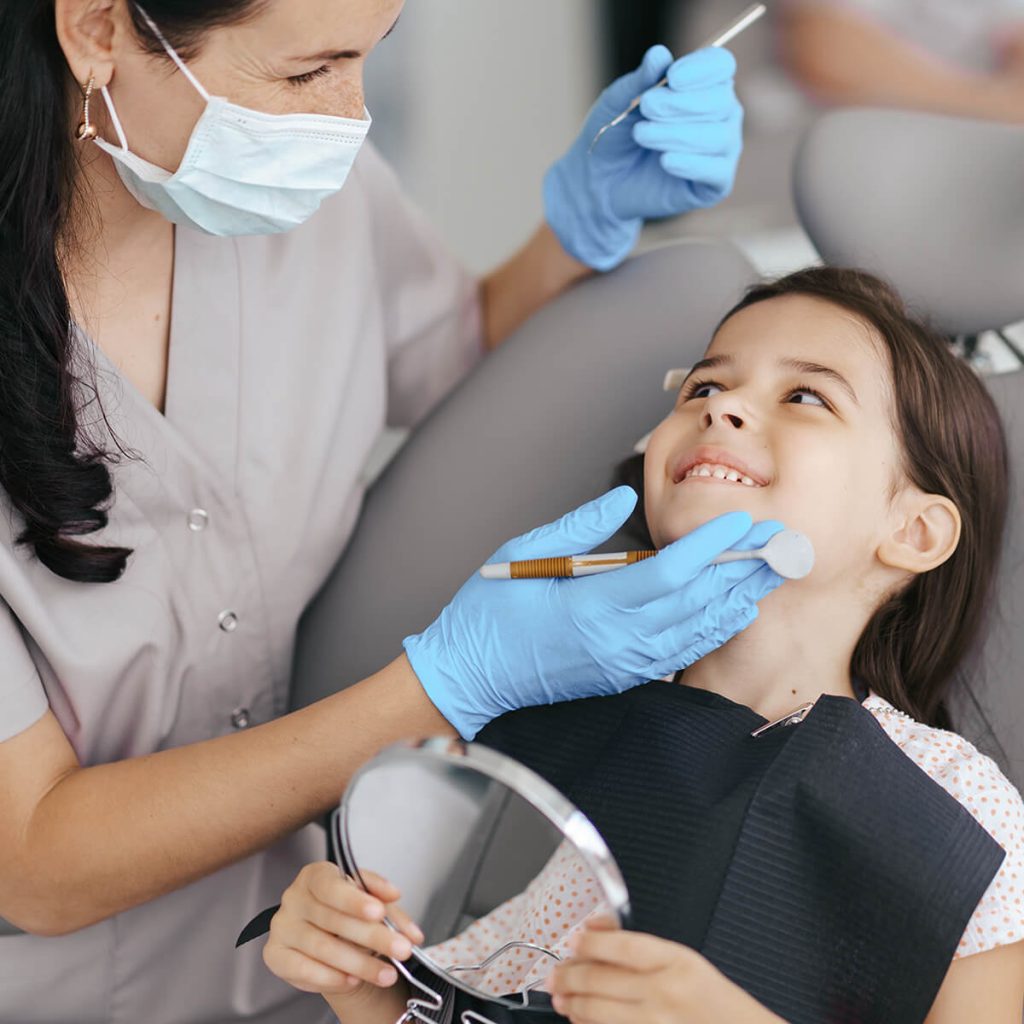
Patient-Centric Progress: Streamlining Decision-Making in Dentistry
Introduction:
In the rapidly evolving landscape of dentistry, a transformative shift is occurring—a move towards patient-centric progress that not only empowers individuals but also streamlines decision-making processes for dental professionals. “Patient-Centric Progress: Streamlining Decision-Making in Dentistry” explores the innovative approaches and technologies that are revolutionizing the patient experience and facilitating more informed decisions in dental care.
1. Digital Imaging: Precision Beyond Perception
The advent of digital imaging technologies has ushered in a new era of precision in dentistry. From intraoral cameras to 3D imaging systems, dental professionals now have access to detailed visual information, providing a comprehensive understanding of a patient’s oral health. This precision aids in accurate diagnostics, allowing for targeted and personalized treatment plans.
2. Informed Patient Discussions: Shared Decision-Making
Empowering patients with knowledge is key to a patient-centric approach. Dental professionals are increasingly engaging in informed discussions with patients, explaining diagnoses, treatment options, and potential outcomes. This shared decision-making process not only builds trust but also ensures that patients actively participate in shaping their oral health journey.
3. Digital Treatment Planning: Visualizing the Future Smile
Advanced digital treatment planning tools enable dental professionals to create virtual simulations of treatment outcomes. This allows patients to visualize the potential results of various dental procedures, fostering a deeper understanding of the proposed treatments. Visual aids contribute to more confident decision-making and a collaborative approach to treatment planning.
4. Biometric Profiling: Enhancing Patient Identification
Biometric technologies, including fingerprint recognition, are making their mark in dentistry. These systems enhance patient identification accuracy, ensuring that treatment plans and records are securely associated with the correct individuals. This not only streamlines administrative processes but also contributes to the security and efficiency of patient care.
5. Teledentistry: Bringing Convenience to Consultations
The rise of teledentistry has furthered patient-centric progress by introducing convenient virtual consultations. Patients can connect with dental professionals from the comfort of their homes, reducing barriers to access. Teledentistry fosters continuous communication, enabling dental professionals to provide timely advice, monitor progress, and address concerns, all contributing to informed decision-making.
6. Data-Driven Insights: Leveraging Artificial Intelligence
The integration of Artificial Intelligence (AI) in dentistry is providing data-driven insights that aid in decision-making. AI algorithms analyze vast datasets to assist dental professionals in diagnosing conditions, predicting treatment outcomes, and planning procedures. This level of precision ensures that treatment plans align with the specific needs of each patient.
7. Patient Portals: Empowering Through Accessibility
The development of patient portals enhances accessibility to personal dental records and treatment plans. Patients can review their information, upcoming appointments, and treatment progress at their convenience. This transparency fosters a sense of ownership over one’s oral health and encourages proactive engagement in the decision-making process.
8. Environmental Sustainability: Aligning Values
Patient-centric progress extends beyond the clinical setting to align with broader values, including environmental sustainability. Dental practices embracing eco-friendly initiatives and minimizing waste communicate a commitment to responsible practices. Patients increasingly value providers who share their environmental consciousness, contributing to a patient-centric ethos.
9. Educational Initiatives: Building Oral Health Literacy
Dental professionals are actively involved in educational initiatives aimed at enhancing oral health literacy. From informative websites to educational materials in waiting areas, these initiatives equip patients with the knowledge needed to make informed decisions about their oral health. Empowered patients become active partners in their dental care journey.
10. Continuous Communication: Nurturing Long-Term Relationships
The foundation of patient-centric progress lies in continuous communication. Establishing open channels for dialogue ensures that patients feel heard, valued, and understood. This not only facilitates informed decision-making during treatment but also nurtures long-term relationships based on trust and collaboration.
Conclusion:
“Patient-Centric Progress: Streamlining Decision-Making in Dentistry” reflects the dynamic and patient-focused direction that dentistry is embracing. From advanced imaging technologies and shared decision-making to biometric profiling and teledentistry, each innovation contributes to a more personalized, transparent, and accessible dental experience. As dental professionals continue to prioritize patient empowerment and engagement, the future of dentistry promises a landscape where informed decision-making is at the forefront of every oral health journey


